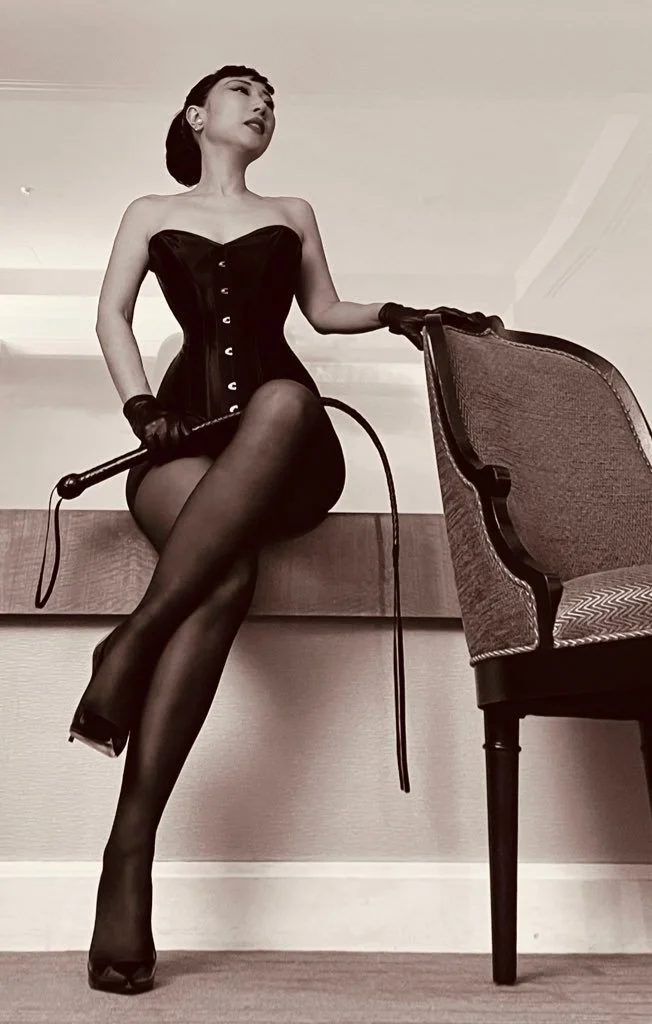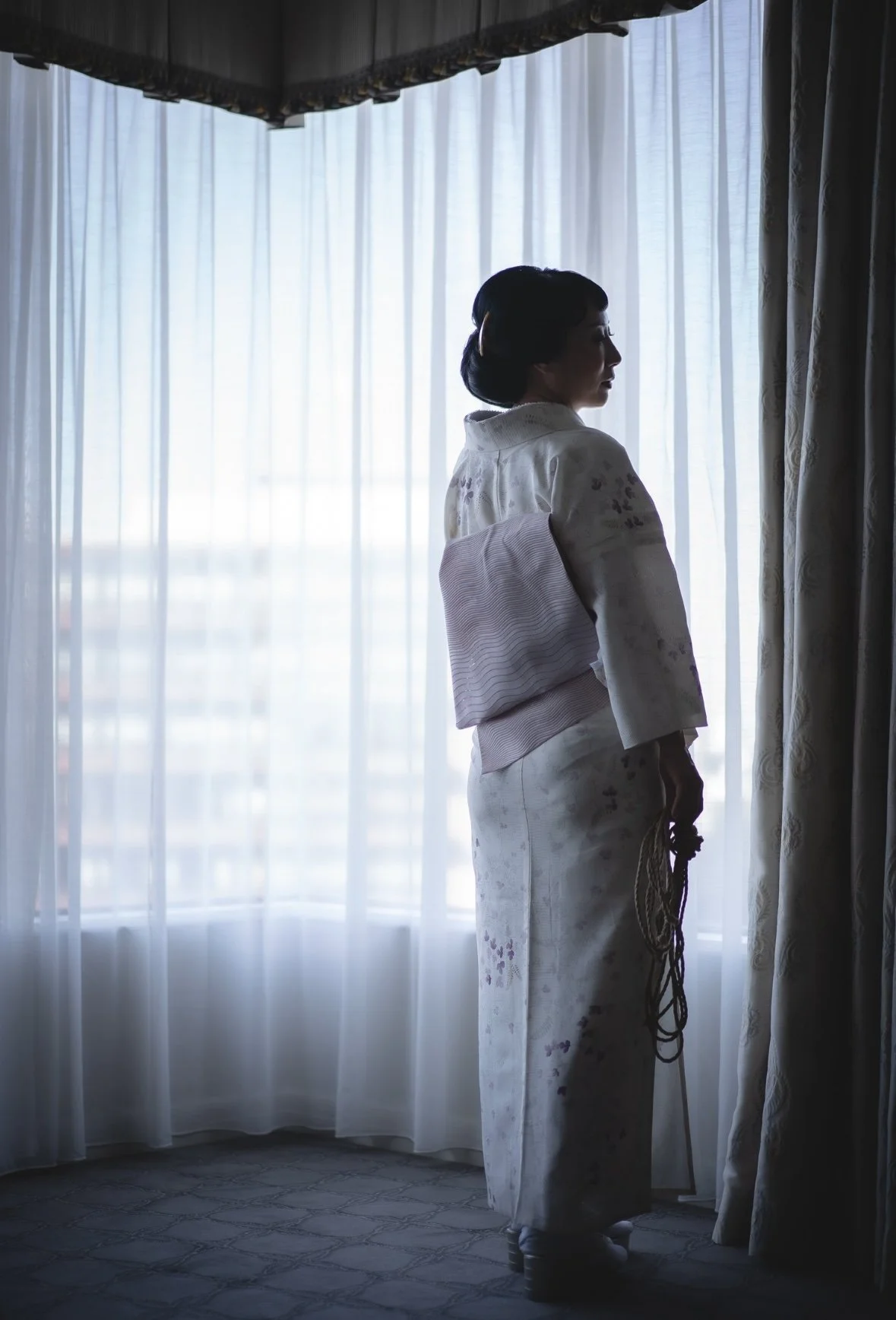MISTRESS KIKO
Private Bookings
Shibari, originating in Japan during the late Edo period (1603-1868), began as a form of martial art known as "hojo-jutsu," which focused on the techniques of restraining prisoners. The practical applications of these knots and bindings gradually transformed into a visual and sensual art form, deeply rooted in aesthetics and emotional expression.
In the post-war era, particularly during the 1960s and 1970s, shibari emerged from the shadows, spearheaded by artists and photographers who sought to showcase the intricate beauty of the knots and their ability to create stunning visual contrasts against the human form. This transition marked the evolution from practical applications to a refined artistic medium, integrating the influences of Western avant-garde movements and personal expression.
As shibari gained popularity outside of Japan, its practice spread through various communities, adapting and embracing diverse cultural interpretations. In Europe and North America, for instance, shibari has been incorporated into BDSM practices, emphasizing the emotional and psychological aspects of intimacy and trust. Workshops and gatherings dedicated to the art form now flourish, creating a platform where practitioners can explore techniques while fostering a spirit of connection and creativity.
Today, shibari is celebrated not only for its technical complexity but also for its ability to connect individuals through a shared exploration of vulnerability and trust. Artists and enthusiasts across the globe continue to refine and reinterpret this ancient practice, ensuring that shibari evolves while respecting its rich heritage. In doing so, they contribute to a dialogue that transcends borders, highlighting the universal human desire for connection, beauty, and expression.
Evolution of Shibari
Contact
Inquiries - Join Mailing List


